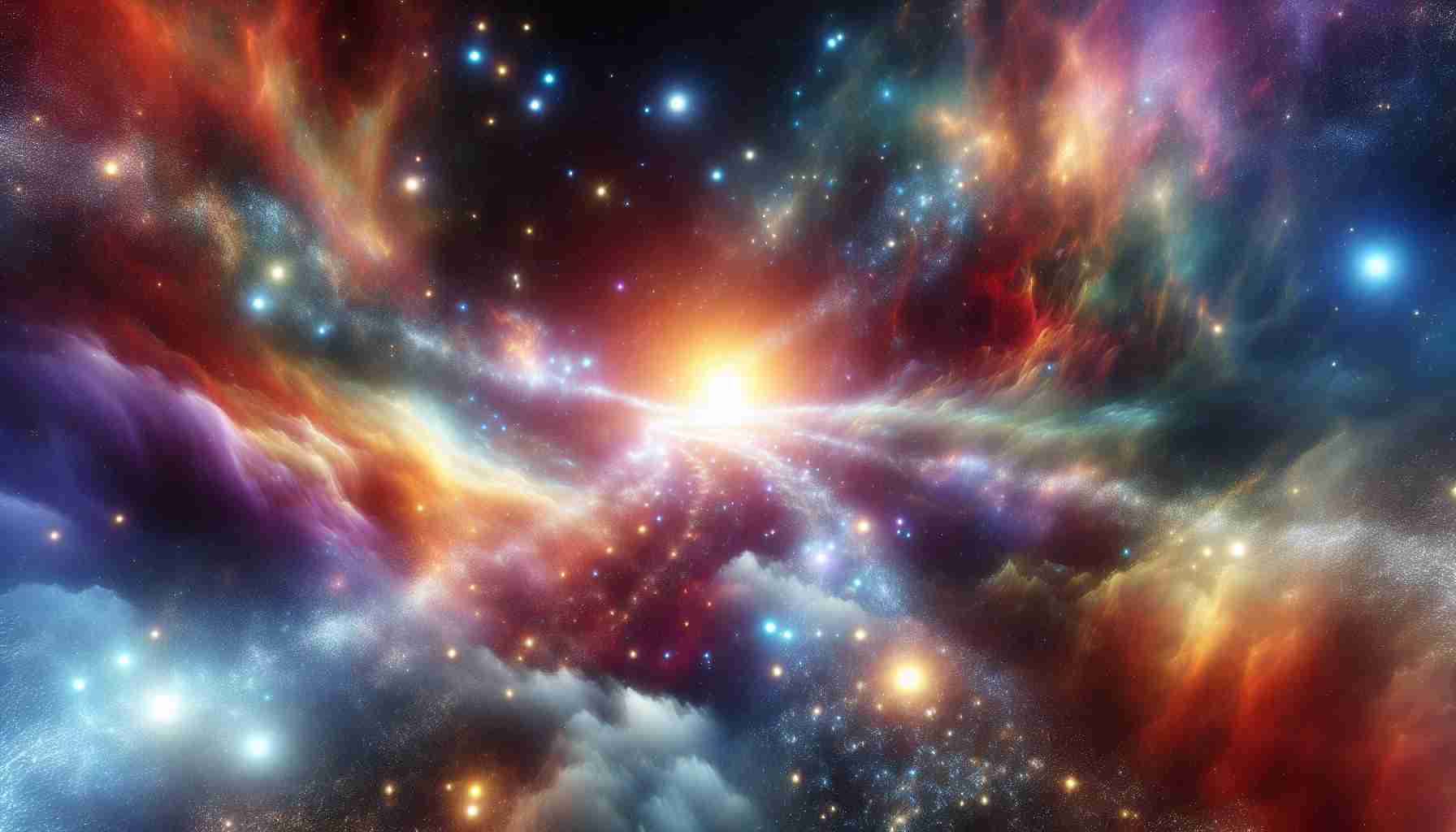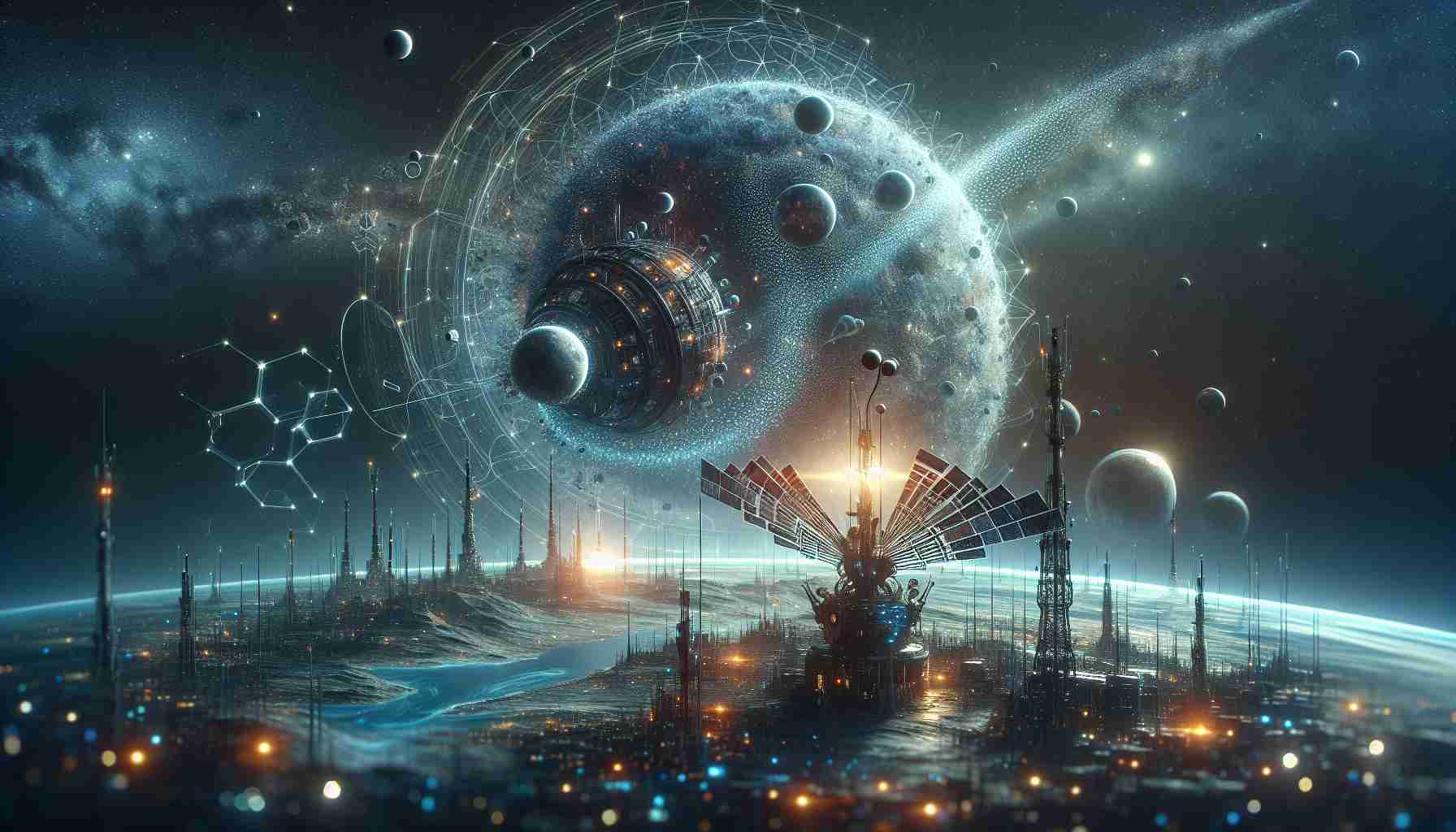Unraveling a Celestial Corridor
Through meticulous observations, researchers at the Max Planck Institute for Extraterrestrial Physics have unveiled a cosmic pathway linking our Solar System to the Centaurus constellation. This discovery of a tunnel of colder gas, facilitated by the eROSITA telescope, heralds a new era of exploration into the universe’s structural tapestry.
Formation of the Celestial Passageway
The Local Hot Bubble, spanning around 1000 light-years, is believed to have taken shape eons ago as a result of supernova explosions. The interstellar tunnel recently unearthed might just be a fragment of a much broader network of similar structures within the Milky Way, born from these celestial events.
Visualizing the Local Hot Bubble
A three-dimensional representation of the Local Hot Bubble or LHB showcases its temperature variations. This significant find not only reshapes our understanding of the interstellar medium but also hints at a labyrinthine array of structures weaving through different galactic realms.
eROSITA: Pioneering Cosmic Vision
The eROSITA telescope, residing aboard the Spektr-RG satellite, played a pivotal role in this groundbreaking revelation. Equipped with the ability to scan the sky in X-rays, eROSITA empowers scientists to observe energetic phenomena within the cosmos with unparalleled precision.
Unveiling the Enigma
While the discovery is indeed groundbreaking, the exact interconnection of this tunnel with other bubbles or analogous frameworks remains a mystery. Future investigations will delve deeper into unraveling the intricacies of this interstellar network and its implications for the Milky Way’s evolution.
Exploring the Cosmic Network
In addition to the celestial pathway recently unveiled by the Max Planck Institute for Extraterrestrial Physics, there are ongoing studies hinting at a possible connection between this tunnel and other cosmic structures. Researchers are now investigating whether similar tunnels exist in different parts of the galaxy, leading to fundamental questions about the interconnectedness of these pathways.
Key Questions:
1. Are there hidden passages within the Milky Way waiting to be discovered, similar to the one connecting our Solar System to the Centaurus constellation?
2. What role do these interstellar tunnels play in the evolution of galaxies and the distribution of matter in the universe?
3. How do these cosmic pathways impact the movement of cosmic rays and magnetic fields within the galaxy?
Challenges and Controversies:
One of the primary challenges associated with exploring these cosmic corridors is the vast distances involved, making detailed observations and measurements difficult. Controversies may arise regarding the nature of these tunnels and their significance in shaping our understanding of galactic structure and evolution.
Advantages and Disadvantages:
The discovery of cosmic pathways opens up new avenues for research, offering insights into the complex web of connections that exist within our galaxy. Advantages include the potential to uncover hidden aspects of galactic dynamics and improve our knowledge of the universe’s architecture. However, challenges such as interpreting the data collected from these pathways and reconciling competing theories may hinder progress in fully comprehending their impact.
Suggested Related Links:
1. Max Planck Institute for Radio Astronomy
2. NASA
This new era of cosmic exploration promises to shed light on the mysteries of the universe while prompting further inquiries into the intricate pathways that traverse the vast expanse of space.










